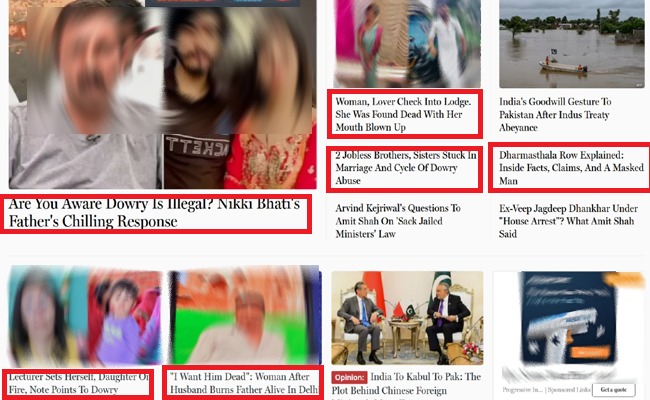
The face of a nation lies in the hands of its media. Yes, when media is left unchecked in the name of freedom, the kind of news that comes out can be shocking, and India is the best example of this.
Indian media thrives on sensationalism under the guise of freedom of speech and expression. Unfortunately, this fundamental right is rarely used responsibly. Here, the word responsible is key. The image of the nation is at stake and India’s safety index, passport ranking and tourism are being badly affected.
Take one example, if a rape incident happens in India, it is reported like a serial drama, and during that time, any similar incident from any corner of the nation is highlighted widely. What is the result? Nothing but panic, fear among citizens and above all, a damaged image of the nation. The world even began calling India the “rape capital.”
Of course, the media has the duty to report such incidents. But they must do it responsibly, not sensationally.
Media professionals often argue that citizens only watch sensational, drama-laden news and that viewership directly determines ratings and advertising revenue, whether from government or private sources. In this race for earnings, the media is stooping to new lows, putting India’s global image at risk.
For example, look at the home page of any popular Indian news portal. The content is overwhelmingly negative — murders, killings, rapes, suicides, dowry deaths, people burned alive. This endless focus on tragedy presents India in perpetual darkness. Shouldn’t this phenomenon change?
Yes, it must. Freedom of expression should come with caveats, and the most important one is responsibility. When the nation’s image is at stake, “freedom of expression” should be exercised within reasonable, democratic limits.
Countries like the UAE, Singapore and many other top safety-rated nations also witness crimes on their soil. But they don’t sensationalize them, and as a result, they maintain a strong safety image, attract tourism and ensure that people live peacefully. The police and the system there do their duty, punishing criminals and preventing wrongdoing effectively. Their principle is clear; one incident in a thousand should not tarnish the nation’s image.
Why can’t Indian media take a cue from this? Why can’t the Indian government work toward creating a similar scenario?
If political parties can control media narratives for their interests while in power, why can’t the same media be guided in the interest of protecting India’s image on the world stage?
Usha Chowdhary












